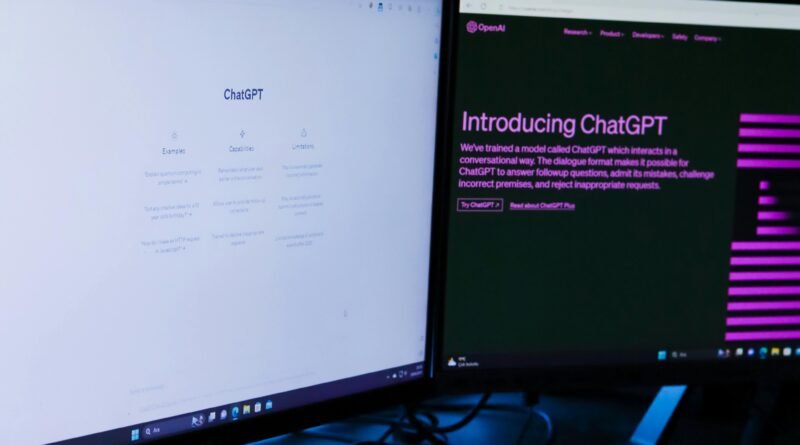A ‘Git’ for Conversations: ChatGPT Unveils Highly Requested Branching Feature
In a move that will significantly enhance the workflow of power users, OpenAI has rolled out a new and highly anticipated feature for ChatGPT: conversational branching. Available to all logged-in users on the web, this update allows users to “fork” a conversation at any point, creating a new, parallel thread while preserving the original one. The feature has been welcomed with enthusiasm by the user community, many of whom have long requested a more flexible way to manage complex and multi-step tasks.
The Problem with Linear Chats
Prior to this update, a conversation with ChatGPT was a strictly linear affair. If a user wanted to explore a different idea, test a new prompt, or simply correct a mistake, their options were limited. They could either “overwrite” the existing conversation, which would lose the original context, or they would have to start a new chat entirely and re-establish the background. This made tasks like brainstorming multiple versions of a document, debugging code with different approaches, or pursuing a research detour cumbersome and inefficient.
The Power of Branching
The new branching feature solves this problem by introducing a concept familiar to software developers: version control. Just as developers use “Git” to create separate branches of code to test changes without affecting the main codebase, ChatGPT users can now create “branches” of their conversations.
To use the feature, a user simply hovers over a message in an existing conversation, clicks the “More actions” menu (⋯), and selects “Branch in new chat.” This action instantly creates a new, separate conversation thread that includes the entire chat history up to that point. The original conversation remains untouched, ready for the user to return to at any time.
This simple addition opens up a world of possibilities:
- Parallel Brainstorming: A marketing team can now create different branches to test various tones for a campaign—one humorous, one serious, and one data-driven—all from the same initial prompt.
- Efficient Problem-Solving: Users working on a complex problem, like writing code, can branch off to try a new fix without losing the context of their original approach.
- Organized Research: When a subtopic emerges during research, a user can create a branch to delve deeper, then seamlessly return to their original line of inquiry with a clean, uncluttered main thread.
- A/B Testing Prompts: It’s now easier than ever to test slightly different prompts to see which yields the best results.
A Nod to User Feedback
The introduction of this feature is a direct response to a long-standing and very vocal request from the user community. OpenAI’s CEO, Sam Altman, has publicly acknowledged that this was one of the most-requested features, and its implementation demonstrates a commitment to making ChatGPT a more intuitive and powerful tool for a wider range of users.
While branching is currently only available on the web version of ChatGPT, support for the mobile and desktop apps is expected to follow in the coming weeks. For now, this update represents a significant step forward, transforming the platform from a simple chatbot into a more dynamic and organized workspace for ideas, innovation, and collaboration.

